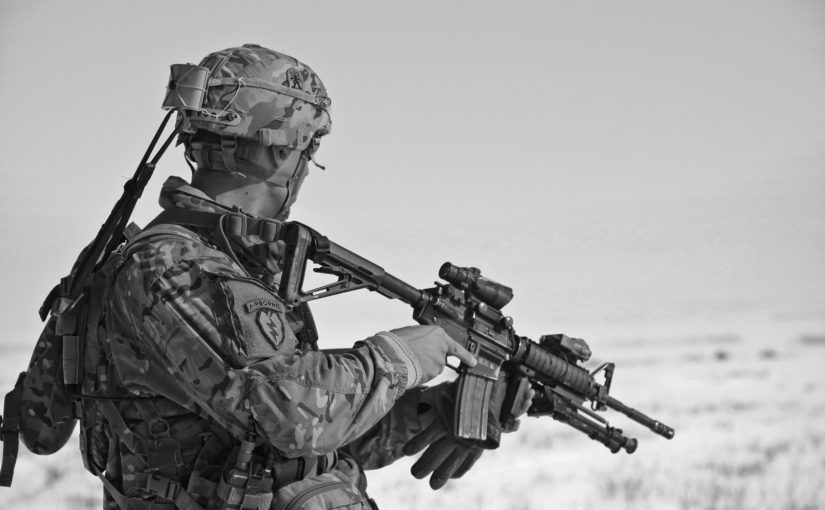Whether you are in law enforcement, the military, or security, it is important to know how to identify armor level IV plates. Level IV body armor is designed and tested to protect against high-caliber rifle rounds, such as 7.62x51mm and .308 Winchester M80. To properly identify armor level IV plates, there are a few key elements you need to be aware of.
Ballistic Ratings
The National Institute of Justice (NIJ) sets the standard for ballistic ratings used by body armor manufacturers in the United States. The NIJ has developed ballistic test protocols that measure a body armor’s ability to protect against different types of ammunition and threats. Armor can range from level I up through level IV with each successive rating providing increased protection capabilities. Level IV protection provides the highest degree of protection available and is capable of stopping a single hit from rifle rounds up to 7.62x51mm and .308 Winchester M80.
Testing Requirements
For a plate to meet Level IV standards it must pass rigorous testing requirements set forth by the NIJ. All Level IV plates must be able to stop one round of .30-06 M2AP or a comparable round with a steel core at 2,880 feet per second (fps). Additionally, all plates must also provide coverage that extends no less than ten inches down range from the centerline of the plate at any angle; this ensures that sufficient coverage is provided for vital organs regardless of how an individual may move while wearing the armor. Any plate that does not meet these requirements cannot be considered Level IV compliant and should not be used for ballistic protection purposes.
Identifying Markings
Once you know what features are required for a plate to meet Level IV standards, it is important to look for identifying markings on the plate itself which will offer further assurance that it meets these criteria. All legitimate Level IV plates will have two separate markings somewhere on their surface; one marking verifying that they were manufactured according to NIJ standards and another marking verifying they passed independent ballistic testing conducted by either HOSDB/HPV or LAB/CEN certification labs. Without these two markings present on your plate you cannot guarantee its authenticity as a genuine Level IV product and should not use it for ballistic protection purposes until proper documentation can be obtained verifying its compliance with NIJ standards.
Armor level IV plates provide maximum protection against high caliber rifle rounds including 7.62x51mm and 308 Winchester M80 rounds but only if they have been tested according to military standards set forth by the National Institute of Justice (NIJ). To ensure that your armor level IV plates are authentic you need to look for two separate markings on them; one marking verifying that they were manufactured according to NIJ standards and another marking verifying they passed independent ballistic testing conducted by either HOSDB/HPV or LAB/CEN certification labs. Without these two markings present on your plate you cannot guarantee its authenticity as a genuine Level IV product and should not use it for ballistic protection purposes until proper documentation can be obtained verifying its compliance with NIJ standards. If you are looking for reliable defense against rifle fire then make sure your armor meets all necessary conditions before relying on it in any situation.
For more articles, please click here.


